LOSS of vision and high levels of "bad" cholesterol have been identified as new risk factors for dementia, according to a recent report by the Lancet Commission.
Researchers emphasise that addressing these and other risk factors from childhood onwards, and monitoring them throughout life, could help prevent or delay the onset of dementia, even in individuals with a high genetic predisposition to the condition.
Quality education for children and reduced exposure to air pollution have been suggested to reduce the risk of the disease, the 2024 Lancet Commission for dementia said.
The international team of authors, led by those at the University College London, UK, found that about nine per cent of global dementia cases could be attributed to the newly added risk factors, with seven per cent and two per cent being attributable to high "bad" cholesterol in mid-life starting at 40 years of age and untreated vision loss in later life, respectively.
Lower education levels in early life and social isolation in later life were other risk factors, each attributable to five per cent of global dementia cases, the authors found.
Dementia impairs thinking, memory and decision-making, thereby, impacting one's daily activities. Alzheimer's disease is the most common form of dementia. The 12 risk factors for dementia previously identified by the 2020 Lancet Commission and linked with 40 per cent of the global cases include lower levels of education, air pollution, along with health conditions such as high blood pressure, diabetes, obesity and depression.
Dementia cases around the world are expected to almost triple by 2050, rising from 57 million in 2019 to 153 million, the authors said. A study, published in February in the journal PLoS ONE, estimated that in India, about 3.4 crore older adults, aged 60 years and above, are living with mild cognitive impairment, affecting their daily lives and activities in some manner.
The authors called for governments and individuals to be ambitious about tackling risks across the course of life for dementia, arguing that the earlier it is addressed the better.
"We now have stronger evidence that longer exposure to risk has a greater effect and that risks act more strongly in people who are vulnerable. That's why, it is vital that we redouble preventive efforts towards those who need them most, including those in low- and middle-income countries and socio-economically disadvantaged groups," said lead author Gill Livingston from the University College London.
To reduce dementia risk throughout life, the commission suggested 13 recommendations for governments and individuals, including good quality education for all children and being cognitively active in mid-life.
Other recommendations involved addressing high "bad" cholesterol in mid-life, treating depression effectively and reducing exposure to air pollution through strict clean air policies. The authors also recommended governments to expand measures to bring down smoking, such as through price control or raising minimum age of buying, and reducing salt and sugar content in foods in stores and restaurants.
In a separate study in The Lancet Healthy Longevity journal alongside the Commission, the authors modelled the economic impact of of implementing some of these recommendations, using England as an example. They found that addressing policy interventions addressing excess alcohol use, brain injury, air pollution, smoking, obesity, and high blood pressure could help save more than GBP four billion.
Further, about 70,000 years lived in perfect health stand to be potentially gained from such interventions, the authors said. They added that potential gains may be even greater in low- and middle-income countries and any country where population-level interventions such as public smoking bans and compulsory education are not already in place. (PTI)

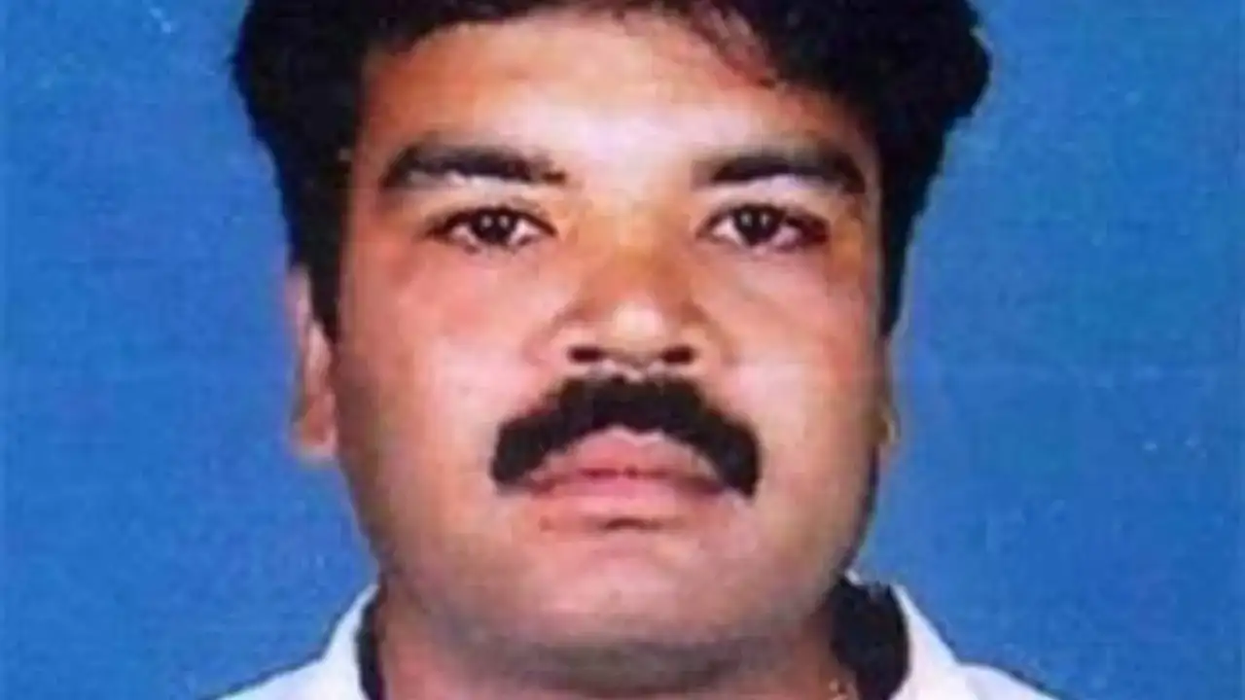
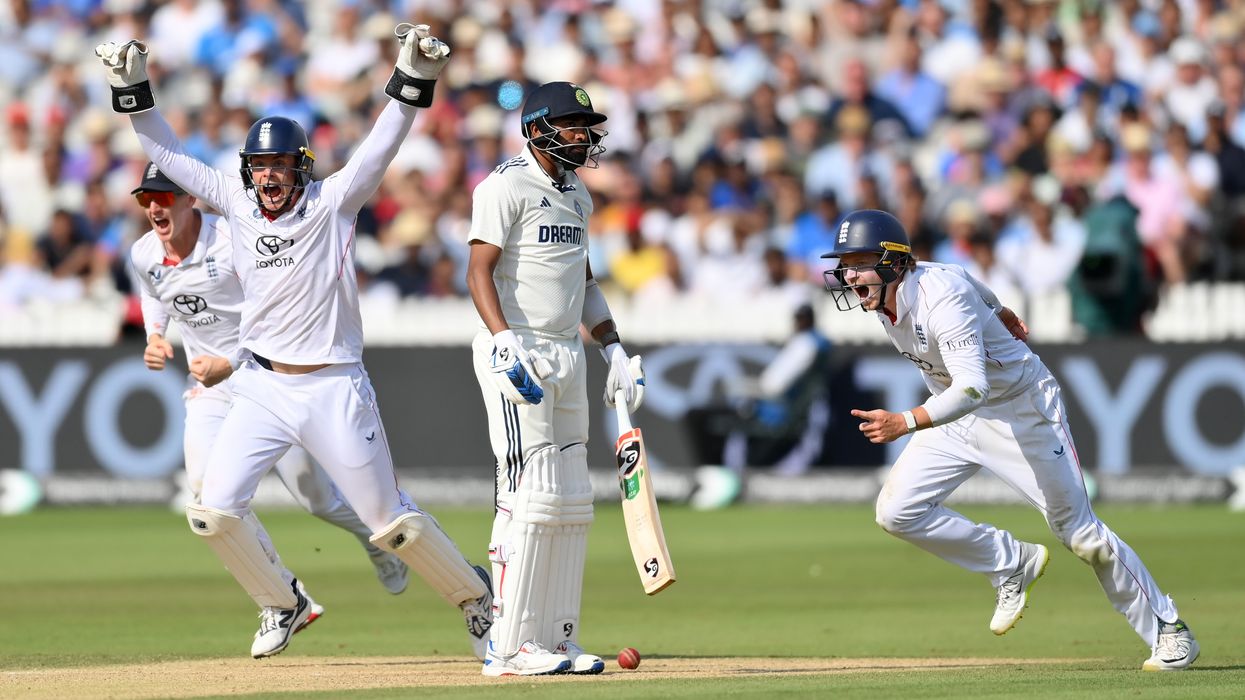
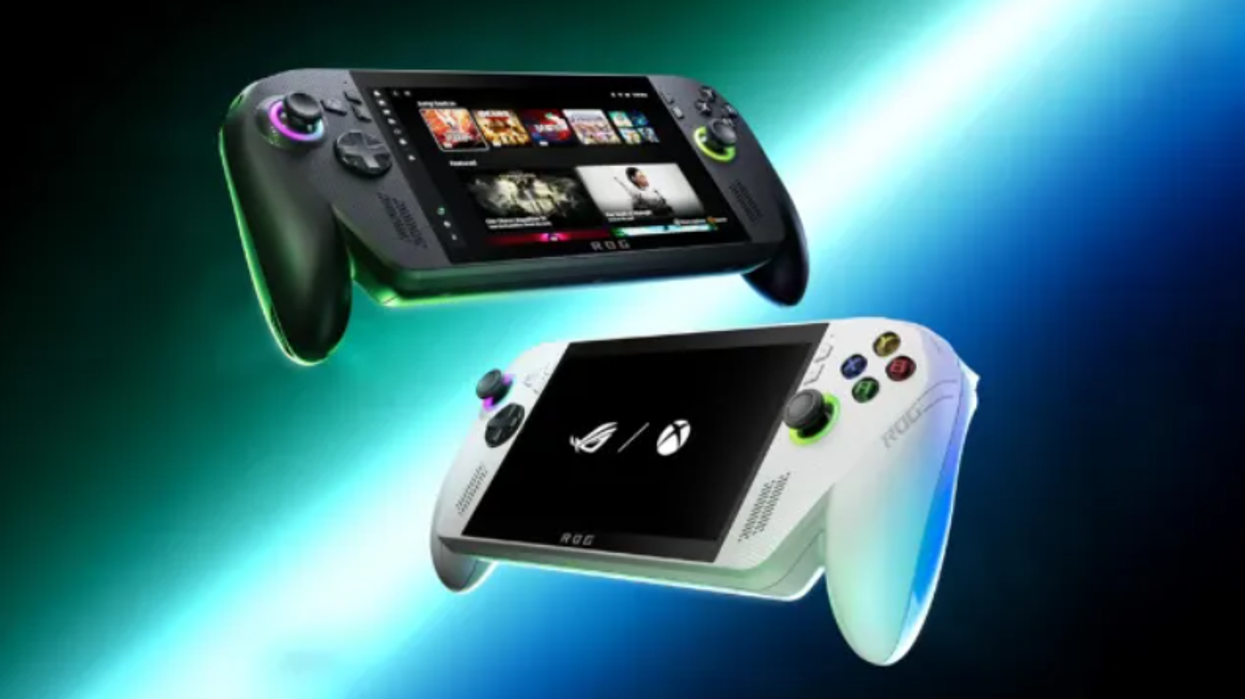





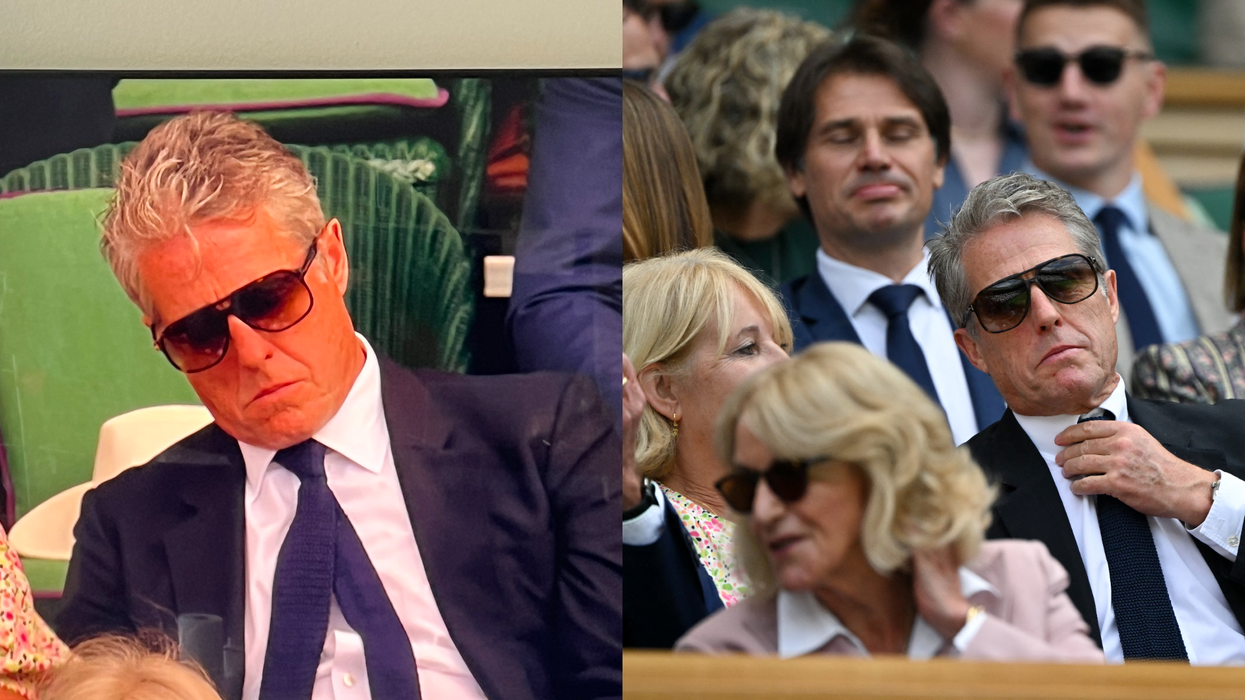







 A cookery theatre presented by television chef Parveen the Spice QueenRFMP
A cookery theatre presented by television chef Parveen the Spice QueenRFMP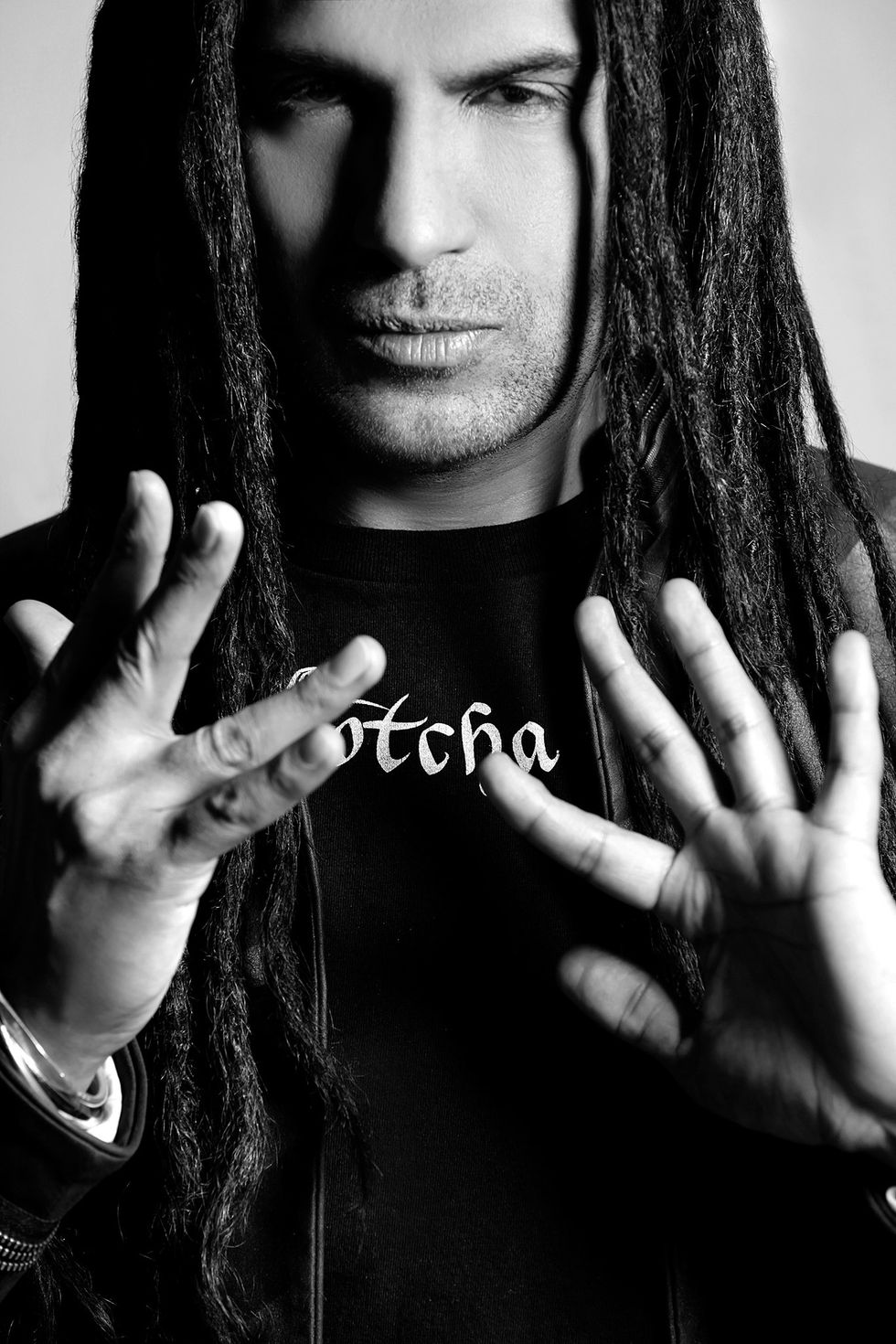 The mela will feature live music, street food, cookery demos, fashion stalls, and a funfairRFMP
The mela will feature live music, street food, cookery demos, fashion stalls, and a funfairRFMP
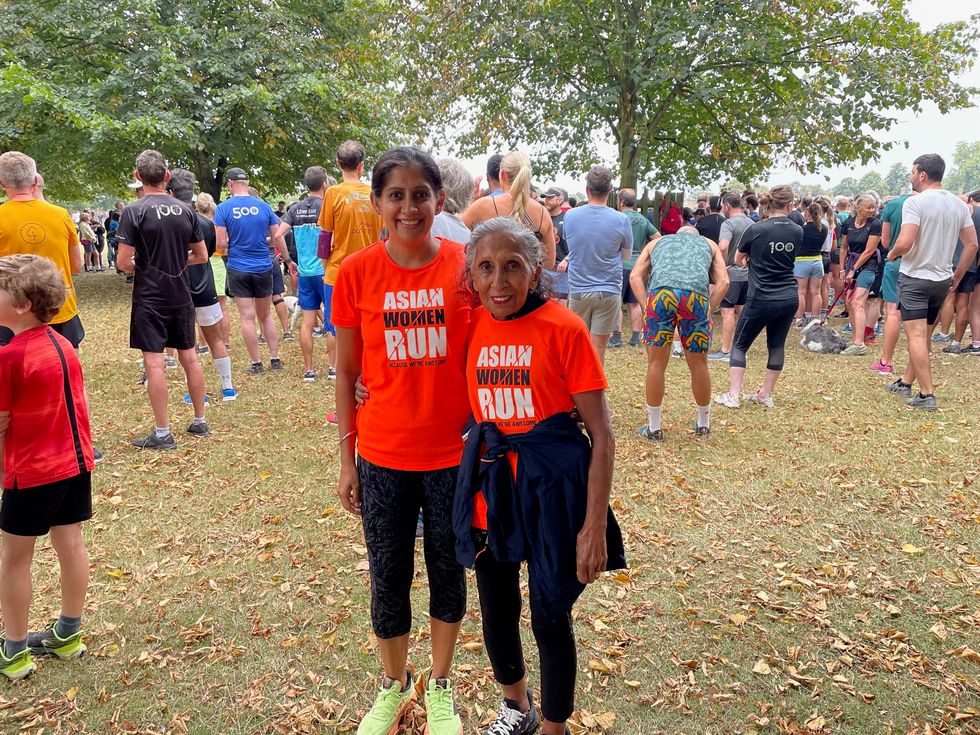

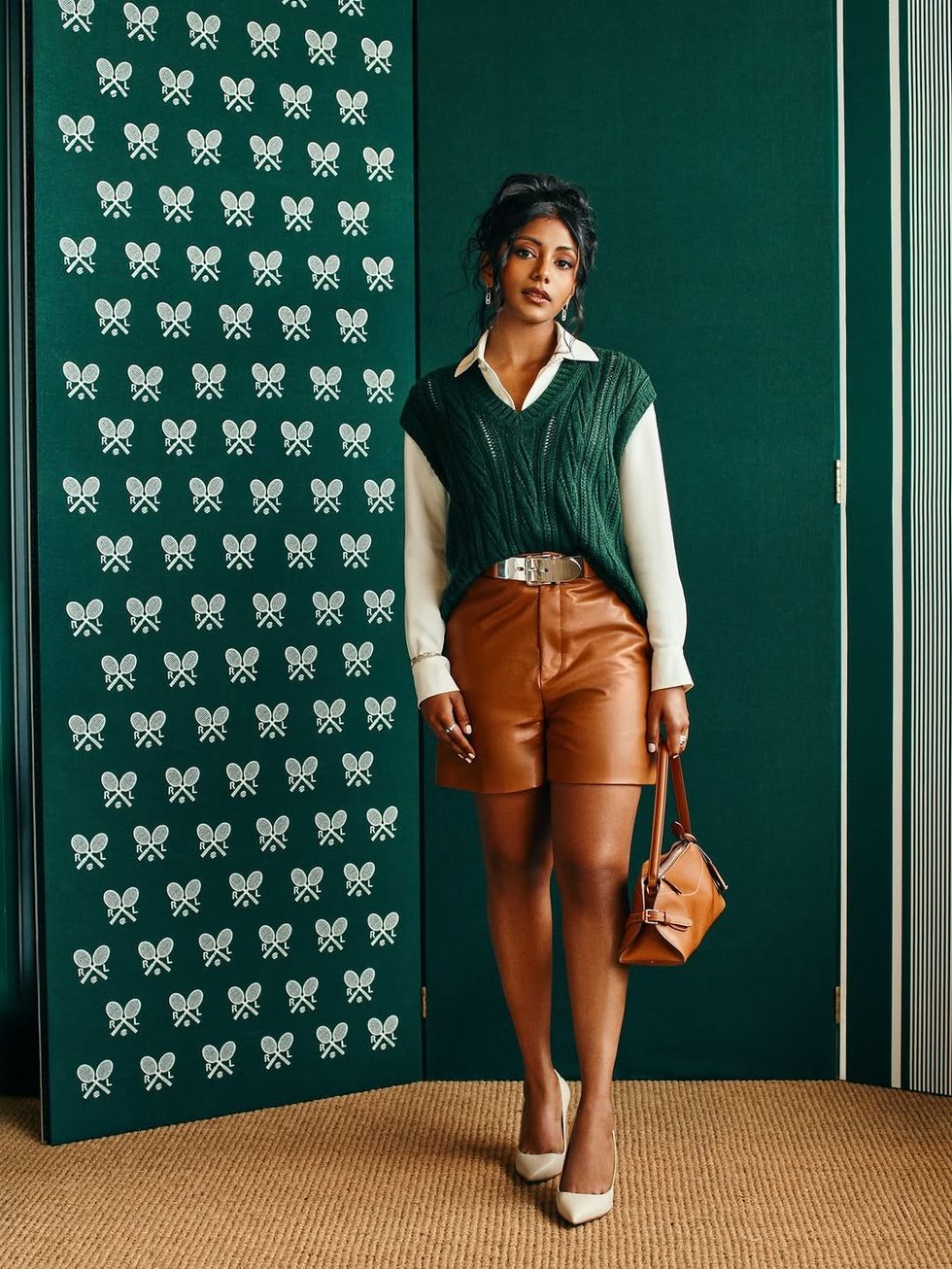 Charithra Chandran styled her hair in soft curls for the Ralph Lauren outfitInstagram/
Charithra Chandran styled her hair in soft curls for the Ralph Lauren outfitInstagram/ Charithra’s look was inspired by her character Edwina Sharma from BridgertonInstagram/
Charithra’s look was inspired by her character Edwina Sharma from BridgertonInstagram/